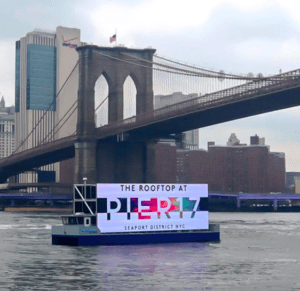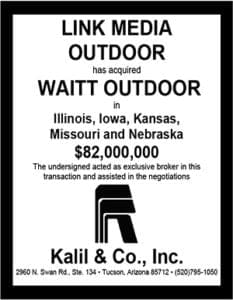
I found yesterdays article on “New York’s Billboard Barge Conflict” very interesting. And, while I don’t pretend to be an expert in maritime law or New York zoning, this conflict is right up the alley of several cases I’ve handled for the owners of traditional billboards erected originally out of the view of any roadway. In fact, several Insider readers have at least heard about the enterprising strategy of erecting billboards in a vacant wheat field, with advance knowledge of a highway anticipated for construction through the field and next to the new billboards. By erecting the billboards before the highway, the clever operator hopes to avoid the application of any sign regulations, which usually predicate jurisdiction on the ability to view signage from the thoroughfare. Thus, having originally erected the signs legally, and without even securing permits or complying with any sign code regulations, the billboards become grandfathered nonconforming structures once the highway is finally erected within the view of the billboards.

Paid Advertisement

















